USS Lexington wreck found in Coral Sea
Microsoft billionaire Paul Allen discovers the wreck of an American aircraft carrier sunk during World War II in the Coral Sea.
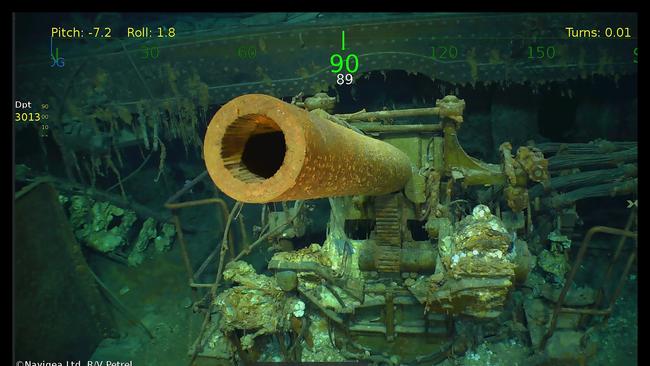
The wreck of an American aircraft carrier sunk during World War II and which President Donald Trump paid tribute to last year has been discovered in deep ocean off Australia’s coast.
The USS Lexington, one of the first American carriers and nicknamed the “Lady Lex,” was found 800km northeast of Australia in the Coral Sea by billionaire Microsoft co-founder and wreck-hunting enthusiast Paul Allen, lying in water 2.8km deep.
The carrier was crippled in May 1942 during the Battle of the Coral Sea after being hit with bombs and torpedoes, with 216 crew killed. It was sent to the bottom after 2735 crew were evacuated by another American warship, the USS Phelps, to prevent its possible capture by Japan.

Underwater photographs and video of the carrier taken by an underwater drone show parts of the carrier’s superstructure and guns, as well as some of its 35 aircraft, including Douglas TBD Devastator torpedo bombers, Douglas SBD Dauntless bombers and a Grumman F4F Wildcat fighter. The aircraft were in remarkable condition, with their U.S. markings still clearly visible.
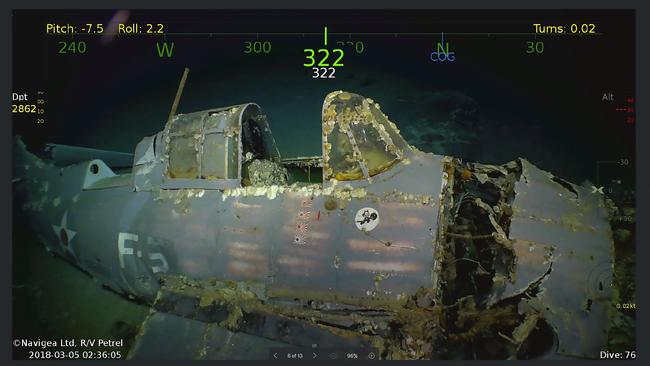
‘This is our heritage’
US Pacific Commander Harry Harris, whose father was rescued from the carrier, paid tribute to the ship and those killed fighting for “freedoms they won for all of us”.
“Our Navy’s strength comes from those who have gone before,” said Adm. Harris today during a visit to Australia. Mr Harris is set to become the Trump administration’s envoy and the first four-star officer to take up residence in Australia since wartime general Douglas MacArthur, in a sign of Washington’s regional security concerns. “This is our heritage,” he said.

Mr Trump last year commemorated the 75th anniversary of the Battle of the Coral Sea with veterans, speaking of “heroes that never returned” from the deck of the World War II aircraft carrier USS Intrepid in New York Harbor.
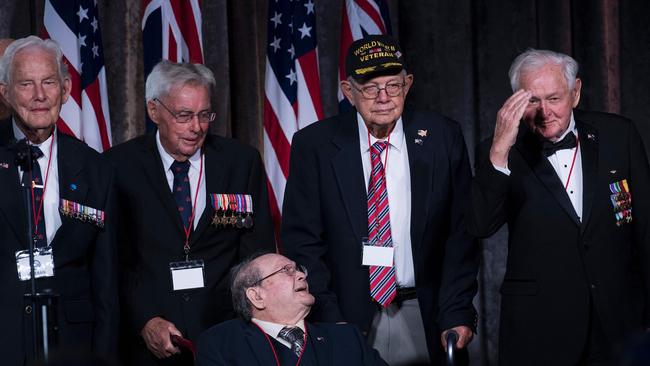
Six-hundred-and-fifty Americans were killed alongside Australian allies in the four-day battle. The battle broke the momentum of the Imperial Japanese Navy’s attacks on Australia, where it had killed 236 Australians in bombing raids on the northern city of Darwin.
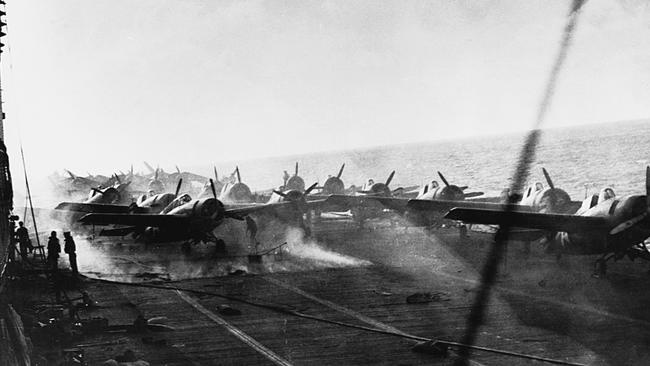
The discovery is the latest of several historic wrecks recovered in recent years by Mr Allen and others thanks to rapidly advancing underwater drone technology. His team last year discovered the wreck of the heavy cruiser USS Indianapolis -- sunk by Japanese torpedoes in July 1945 -- as well as the destroyer USS Ward, credited with firing America’s opening shots of World War II.

In 2015, the billionaire located the Japanese battleship Musashi in the Sibuyan Sea off the Philippines using a remotely operated underwater vehicle deployed from the yacht Octopus. His team also recovered the ship’s bell from the British warship HMS Hood, sunk by the German battleship Bismark.
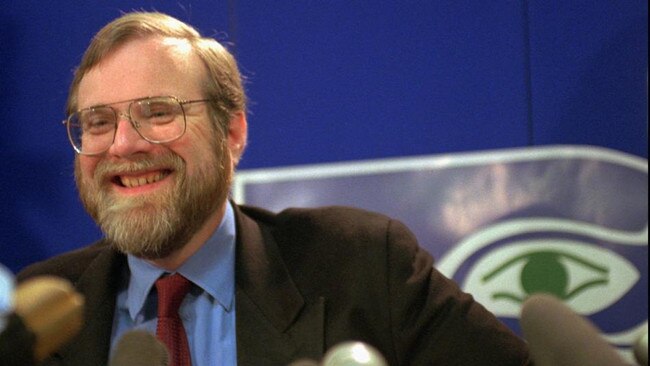
The Lexington was located by a remote submersible operating from the RV Petrel, a former offshore construction vessel purchased by Mr Allen in 2016 and refitted as a research ship and test platform for new deep-sea technology. It is one of only a handful of private vessels able to explore to depths of 6,000 meters, with another currently searching off Australia’s west coast for Malaysia Airlines Flight MH370, which vanished over the Indian Ocean in March 2014.

“As Americans, all of us owe a debt of gratitude to everyone who served and who continue to serve our country for their courage, persistence and sacrifice,” Mr Allen said after the Lexington’s discovery. “To pay tribute to the USS Lexington and the brave men that served on her is an honor.”
Dow Jones

To join the conversation, please log in. Don't have an account? Register
Join the conversation, you are commenting as Logout